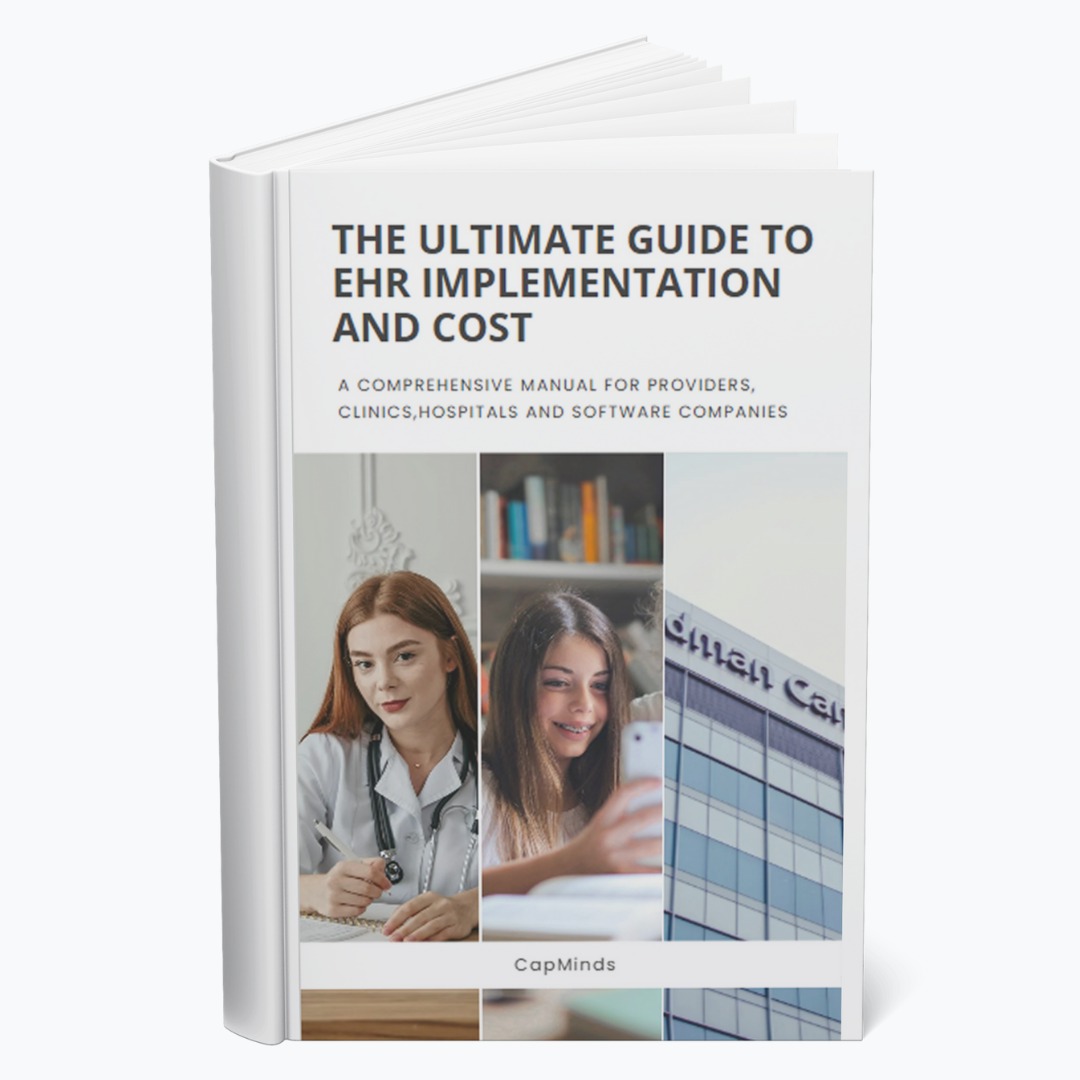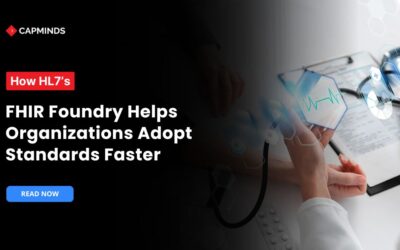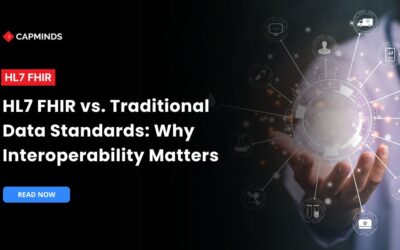How FHIR Resources and Profiles Power Modern Health Interoperability
Health Interoperability remains the most critical aspect for coordinated care. As fragmented systems struggle to exchange data, interoperability becomes more challenging. FHIR, a leading health data standard, offers a structured and flexible framework for data sharing between health applications.
At its core, FHIR resources define discrete data elements like patients, medications, and encounters. FHIR profiles customize these resources to meet specific regulatory and organizational needs.
Combined together, they enable a standardized way of data sharing. In this blog post, we have shared about the FHIR resources and Profiles and how they power health interoperability.
Understanding FHIR Resources
Resources are a modular core component of HL7 FHIR. Healthcare data is often categorized into various categories, including patients, laboratory results, insurance claims, diagnoses, treatment plans, and many others. The FHIR Resources represent each of these categories. It describes:
- The component of data elements
- Data constraints
- Relationships of data that comprise an exchangeable record.
FHIR Resources are mainly designed to be understood and technical experts and also non-tech persons. Non-technical persons might find it difficult to understand the details in XML/JSON format. So, they can view these in a browser or text readers to easily understand.
FHIR resources have various components and use cases, which include:
- Clinical component – Patient, Observation, Condition, and MedicationRequest
- Administrative component – Practitioner, Organization, Encounter
- Financial component – Claim, Coverage, Explanation of Benefit
- Infrastructure component – CapabilityStatement, OperationOutcome
Related: HL7 FHIR & Genomics: A Complete Guide on Resource Sequence
FHIR Profiles: Customizing Healthcare Data Exchange
Now, you may have an understanding of FHIR resources and it’s use cases.
FHIR profiles are a way of customizing the resource definitions by specifying which components of resources are needed and which are not. Generally, FHIR provides healthcare data models like Patient, Observation, Medication, and others.
But various countries and different healthcare systems might have specific rules about how these FHIR resources need to be viewed. FHIR Profiles allow organizations to:
- Add or remove fields
- Set validation rules
- Different systems understand the data the same way
For instance, a standard FHIR resource has fields like Patient Name, Birth Date, and Gender. A U.S. based hospital might need various requirements. They may create FHIR profiles that require an insurance ID and ZIP code. This makes it more specific to their needs.
How FHIR Resources and Profiles Enable Health Interoperability (Use Cases)
Interoperability is a critical component in healthcare. It allows different healthcare systems to connect and communicate with each other to share health data smoothly. FHIR makes it possible with Resource Profiles. Here is how they enable health interoperability:
1. FHIR in Electronic Health Record Systems
FHIR enables health interoperability within EHR by using standardized resources and profiles to structure and exchange healthcare data. Here is how they work:
Resources in FHIR define a set of resources, which are general data structures. Each of the data blocks contains specific health information such as:
- Patient: This data structure contains essential patient information like the Name of the patient, age, birth date, gender, contact information, and others.
- Observation: It stores patients’ lab results, health vital signs, along with other measurements and point-in-time assessments.
- MedicationRequest: This resource allows requesting only a single medication. If the workflow needs multiple items, multiple instances of these resources need to be used.
Each hospital requires specific resources based on its needs. This is where FHIR profiles come in. FHIR Profiles are like custom blueprints that modify standard FHIR resources to fit in their specific use cases. For instance:
- A hospital might adjust the Patient Resource to include a national ID number which lacks the standard FHIR resource.
- A government health agency may require extra fields in Immunization Records.
This customization ensures that EHR systems can meet local, national, or specialty-specific requirements while still staying interoperable.
Related: HL7 FHIR & EHR Data Transmission: 9 Easy Steps to Implement
2. FHIR for Public Health and Research
FHIR enables various healthcare systems to communicate and share patient data in a structured way.
This benefits public health and research centers the most. Here is how FHIR resources and profiles enable interoperability for public health and research:
- Every healthcare system, including hospitals, clinics, and research centers can use the same FHIR format to share information among others.
- For instance, a patient resource might contain details including name, birth date, and contact info, making it easier for different healthcare systems to identify and use the same patient data.
- Resources use APIs to send and receive data in a structured way.
- Profiles customize standard FHIR Resources for specific needs, like public health or research.
- For example, A research study might need additional details about a specific patient’s genetic data. A custom FHIR profile can extend the standard FHIR patient resource to include this.
- This ensures consistent data collection while still allowing flexibility for different health use cases.
So, how does this enable health interoperability for public health and research? Utilizing FHIR resources and profiles, Public health agencies can quickly collect data on disease outbreaks.
Scientists can access standardized patient data from multiple sources without any confusion. Different healthcare systems worldwide can share and compare data without needing complex conversions.
FHIR Resources and Profiles enable public health organizations and researchers to easily share and communicate important health data, thereby increasing patient care, research accuracy, and public health response.
3. FHIR for mHealth Apps and remote patient monitoring
FHIR standardizes the way of exchanging data among mHealth apps and Remote patient monitoring devices. Resources are the building blocks of data exchange in healthcare. These modular component has Patient, Observation, Device, and Encounter.
mHealth apps and remote patient monitoring devices use these resources to exchange health data across platforms, including EHRs, telehealth platforms, and analytical tools.
FHIR profiles, on the other hand, are customized versions of standardized FHIR resources. They define constraints and extensions to meet specific use cases, such as:
- US Core Profiles for compliance with US healthcare regulations
- Vital Signs Profile to standardize patient monitoring data
- SMART on FHIR Profiles for app authentication and secure data sharing
Profiles help mHealth apps and RPM applications to integrate with various healthcare systems by requiring consistent data formats.
CapMinds HL7 FHIR Service for Healthcare Practice
CapMinds offers the best all-in-one health interoperability solution for healthcare practices. Our HL7 FHIR service will understand your clinical needs and requirements to cater to our solution.
We have years of experience in this field faced many challenges, and tackled them with ease. Why can CapMinds be your Go-to Interoperability Solution?
- We are experienced professionals with years of experience in the field.
- Our technical team is an expert who will analyze your healthcare practice thoroughly to tailor the Interoperability solution.
- We prioritize safety, security, encryption, and authentication to protect your healthcare practice’s patients’ data.
- Our comprehensive solution ensures seamless interoperability, adhering to industry standards and using standard protocols.
- We offer comprehensive training sessions to healthcare staff.
- Our affordable health interoperability solution benefits healthcare practices at all levels.
If you are searching for the best interoperability service for your practice, CapMinds is your choice. We can assist you by navigating all potential challenges and ensuring seamless health data exchange.
Reach out to CapMinds Health Data Exchange Solutions for your Healthcare Practice.




